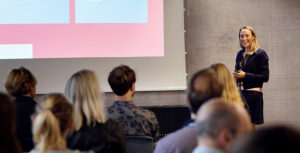
BioMedical Design Inauguration Day
September 2nd 2019
At Biomedical Design we want to empower talents in need led health innovation. We do that with the intention of supplying Danish healthcare, Danish research institutions and the Danish health tech industry with innovation leaders who come with a more holistic view of all what it takes. From identifying a problem to putting a solution in front of the user. It is a complex field to navigate in, and that is why we see there is a need for people who understand the whole process, who know how to reach out to the right people at the right moments of the process, to get the right help.
Meaningful Innovation that Matters
We want to have more innovation leaders in health care, because innovation matters to people. It really impacts peoples’ quality of life that we make good innovation, specially people who get sick or disabled. That’s why we should do it well. We should make meaningful innovation which matters to people.
A Push Back from Health Care Payers
However, we need to be careful about the approach we take, when we innovate. And right now I would say the value chain of innovating for health care is about to be broken. Historically it has been a very technology driven process where health care payers happily paid what it cost to take in all the innovation that companies developed. But now we see that there is a push back from the health care payers. They simply can’t afford all the good ideas and good solutions coming from the industry.
New Health Innovators are Needed
We need people who can approach the innovation of health care from a new perspective and yet make it beneficial for all parties in the value chain. We believe that the BioMedical Design Programme is one of the answers to this this dilemma. That’s why we have put together a ten months full time fellowship program in which we today enroll 16 very talented people who are skilled in each their domain, and during the next ten months will become skilled health innovators too.
The Boot Camp
The first month is a boot camp where we’ll give the fellows a basic introduction to the different clinical fields they’ll enter. To do observations and find problems. We’ll teach them health ethnography. Teach them small introductions to design thinking, something they’ll work with more deeply later. They’ll get to know each other and after the first month they will be put in teams of four with whom they’ll be together for the rest of the fellowship. They might not like their team mates all the time throughout these ten months. But that is also a part of the learning process. You have to learn to navigate and solve team issues.
Clinical Immersion
Then they’ll be immersed into different clinical fields. Two teams will have their base at Rigshospitalet in Surgical Gastroenterology and Nephrology and here in Aarhus the fellows will do their Clinical Immersion in the Ears-Nose-and-Throat department (Otolaryngology). In this process they will identify innumerable problems. Small problems, local problems but also some needs which have not been identified before. Not even by the staff working there. During four weeks they will be exploring widely, and then they will go through a process to narrow them down to 12 needs and validate these.
Big Impact Required
Validation means, that fellows have to go out and interview people in the clinic and ask: “Have I understood this clinical need?”, “Do you agree that it exists?”, and go out and see if they can retrieve the same situation in other hospital settings in Denmark and abroad. That is all sort of the qualitative identification of needs. Then they have to support in a more quantitative manner – digging down into literature and databases, looking for numbers which can support that there is a true problem and where there is a possibility to create a big impact even though fellows don’t know, what could be the solution yet.
Creative Skills
Innovation is not happening without getting good ideas. For some people it is easy to get good ideas and for others it is difficult – but this is a skill you can learn and that’s why we are working with it in the creative skills phase. Training the ability to come up with great ideas and to build on the ideas of others. To build on ideas that are out there in the world already, but improving them – and help solve issues that previous ideas haven’t solved.
Validation
In that process they will generate many ideas and again these ideas have to be validated if they are the right type of solution to the right need. It will be a challenging process because fellows will experience lots of insecurity. There are heaps of questions popping up. “Can it technically be done?”, “Has somebody already gotten this idea and patented it?”. “Damn, yes!” – and you have to go back to another solution. It’s a back and forth process, but the fellows are actually quite lucky, because while they are at this program they can work on multiple ideas at the same time. It’s a horse race – but they don’t need to go that far back to pick up another need and another solution – for sure they will end up with something.
Commercial Skills
Finally, we have the Commercial Skills phase. At this point fellows have two great ideas, and they quickly have to figure out which one can be developed further and have a sound business model built around it. They have to ask themselves, which idea is the most feasible for us with the competences we have in our own team and in our network to continue with? It will be a very intense process. Fellows will have to develop their commercial skills on the one side and parallel to that they will have to work on prototyping their solution so they stand with a fairly good prototype at the end of the program.
What Then?
Fellows will be there with an idea and they know quite a bit about the marked. We will let it up to some of all the other Danish institutions like funds and investors we have, to bring the fellows further on with their projects. This counts for those fellows who want to continue with their projects. Because it’s not the sole goal of this program to create start-ups and start-up teams. It’s our hope that many will – but the purpose is also to get the competences they have achieved out in the broader innovation ecosystem in Denmark because there are so many angles from which you can do good innovation.
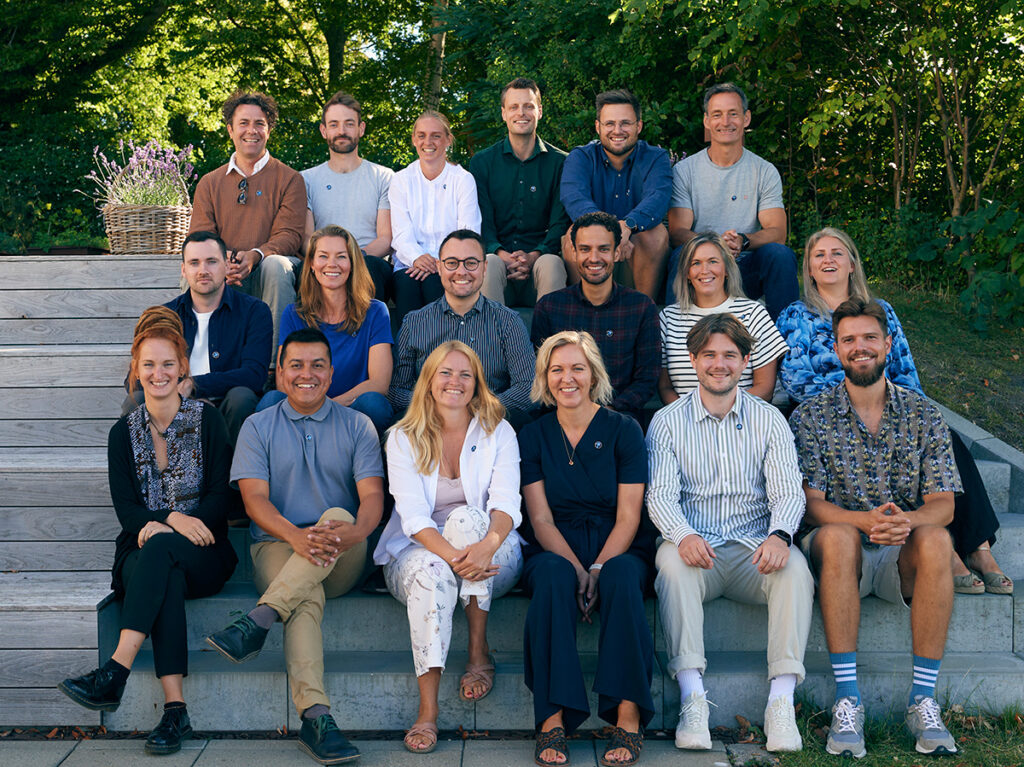
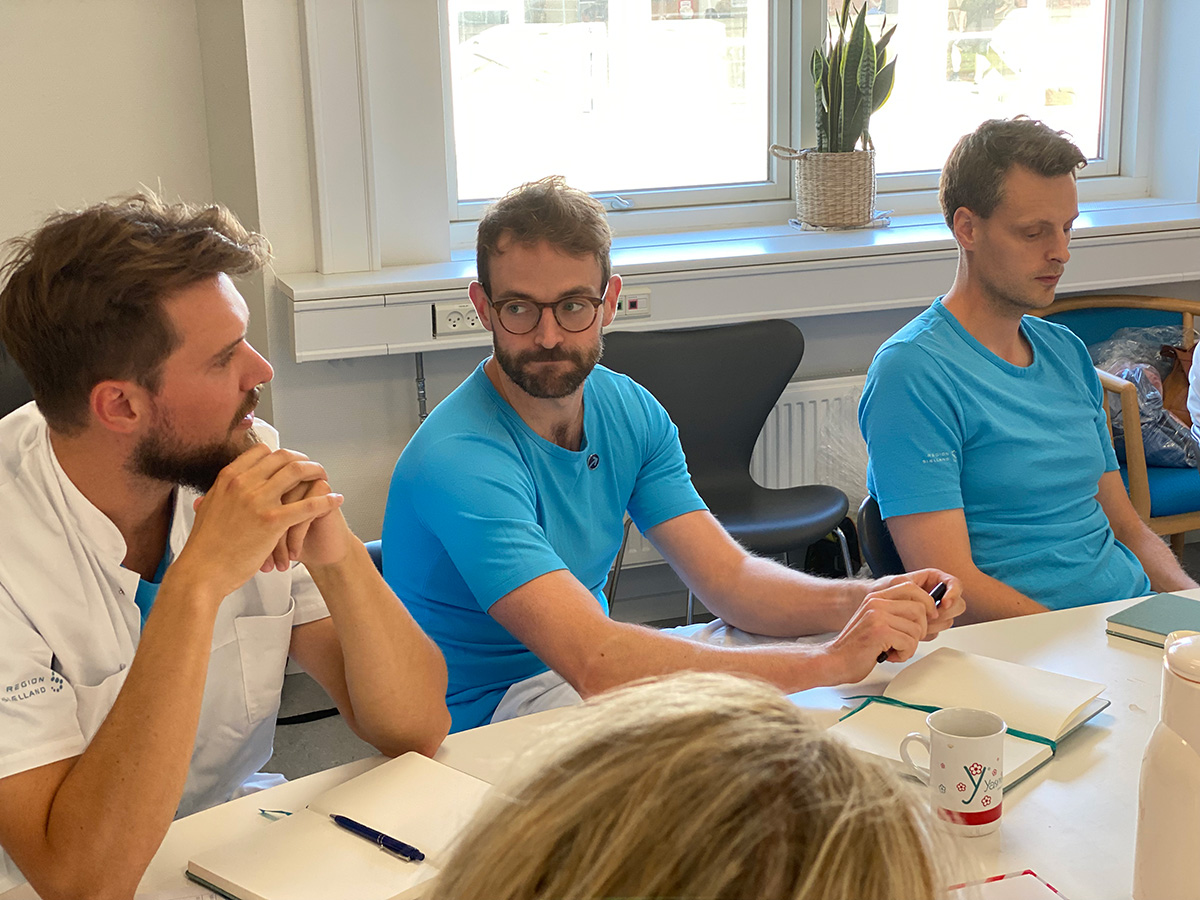

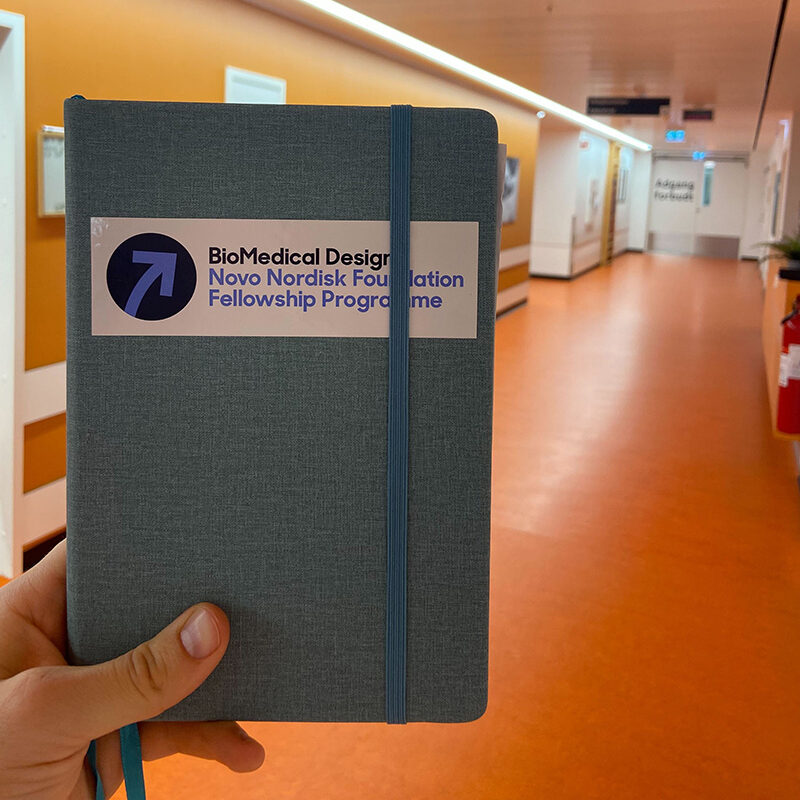

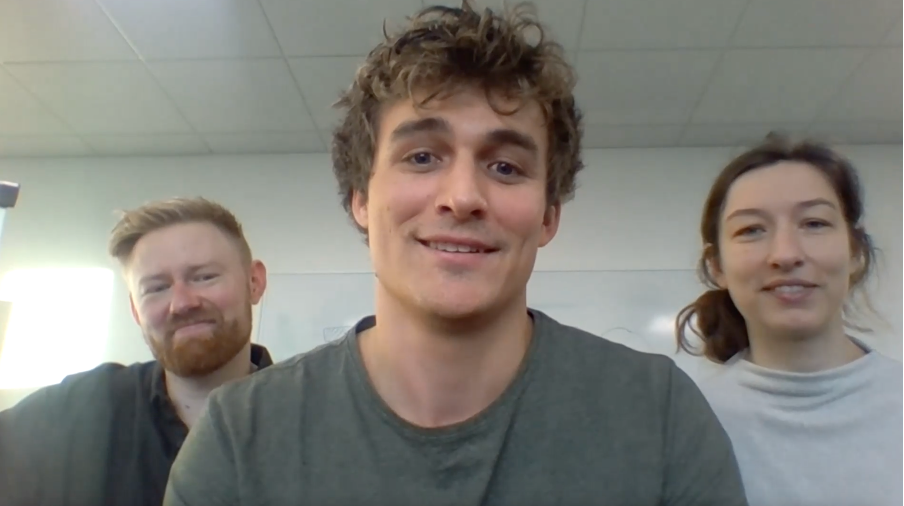




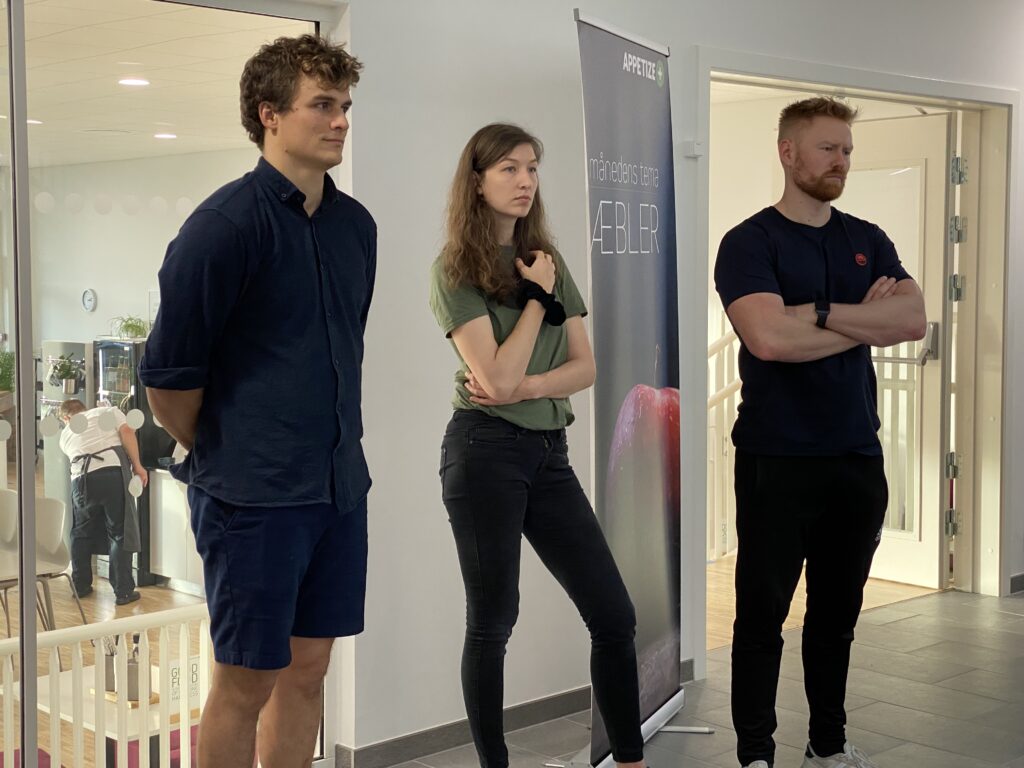







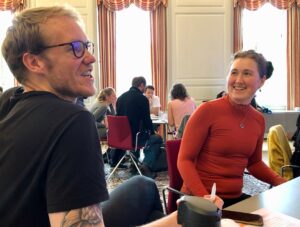
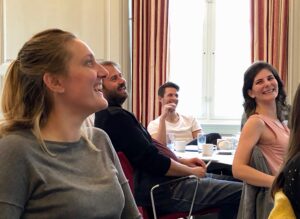 Team invENT:
Team invENT: 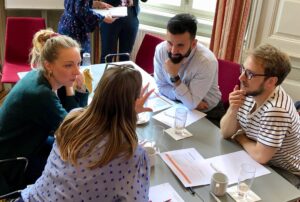
 The Green Team:
The Green Team: 